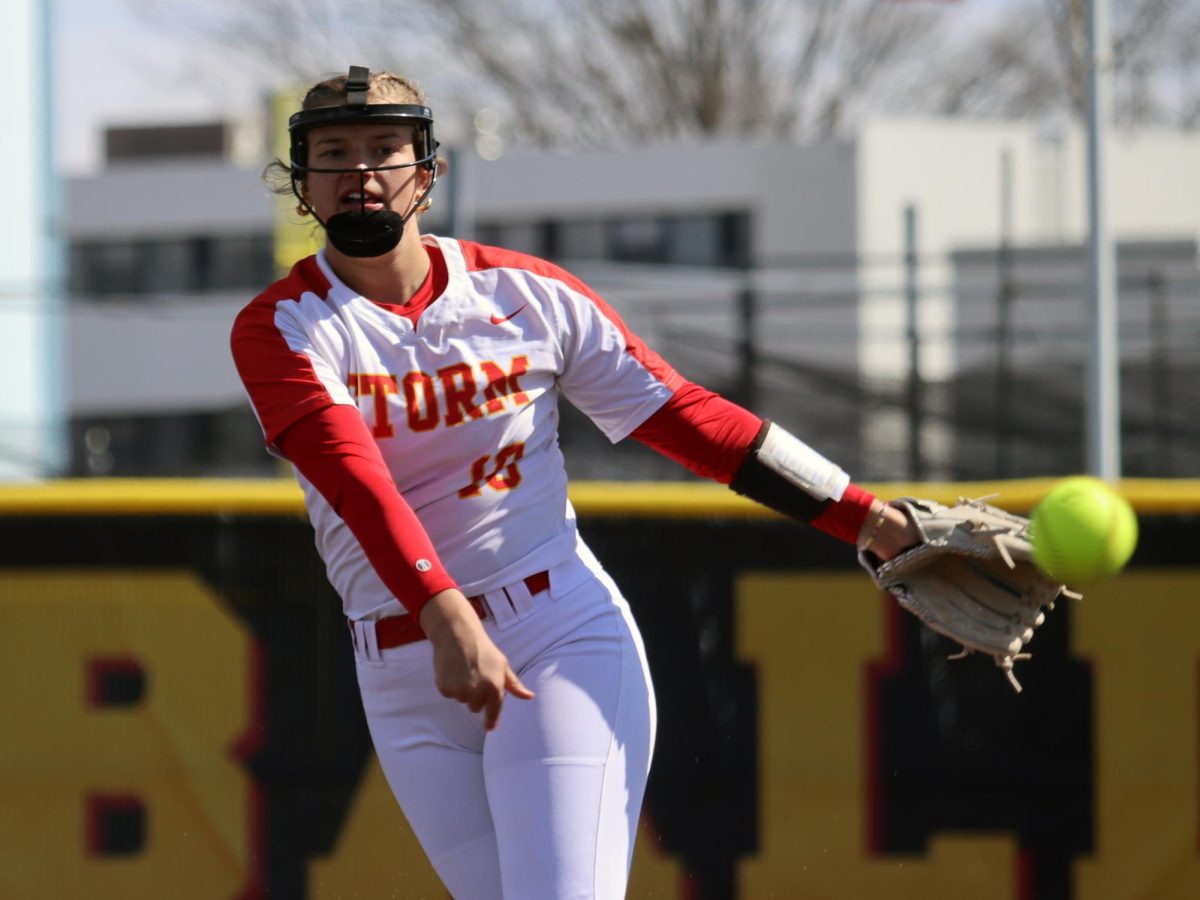Thermostats at 70 degrees
January 16, 2003
A memo that went out before winter break asking students to keep their thermostats set at a balmy 70 degrees Farenheit got at least one Simpson College student a little warm under the collar.
“It’s sort of natural to me,” said senior Brian Depew, who is a resident of the PAC theme house, “You leave the house and you turn down the heat.”
The last one to leave the house at 707 N. C St. before break, Depew turned the thermostat down to 62 F.
But a mass e-mail sent to students before break by Residence Life, at the request of Director of Maintenance Gary Dooley, told students to leave their thermostats set at 70 degrees.
“In the past, they had asked students to turn back their thermostats to 65 F before break,” said Dooley. “In the past we’ve frozen pipes left and right all over campus. We would end up with expensive repairs.”
As for the PAC house, “That historically freezes,” said Dooley. Dooley explained that only two weeks after Simpson College bought the property several years ago, the post office called Simpson after a mail carrier noticed a problem.
There was water running down the steps.
The potential cost of repairing broken pipes and replacing students’ belongings outweighs any additional heating costs according to maintenance worker Bob Mullins.
“If you’ve left your TV on the floor,” said Mullins. “You won’t be very happy when the pipes freeze and it floods.”
According to Dooley, during a cold snap over winter break two years ago the lower level of the Detroit Apartments flooded after a pipe froze and burst on one of the upper floors. The standing water destroyed students’ personal belongings in addition to causing structural damage.
“We’ve had a lot of bad occurrences when students set their thermostats below 70 F,” said Dooley.
Depew said that when he got back from break the thermostat was set at 70 F and there was a note telling residents to leave the thermostat set at 70 F. Depew said setting the house thermometer to 62 F was a compromise.
“Without that memo, I probably would have turned [the thermostat] much lower,” said Depew.
Dooley said that some of the housing units on campus have pipes in exterior walls, and some of the walls are not well insulated. When the temperature drops, the poorly insulated pipes are apt to freeze.
Depew doesn’t buy it.
“I keep coming back to the fact that water freezes at 32 F,” said Depew. “I can set my thermostat at home down to 50 F, and the pipes don’t freeze.”
While winter break was characterized by unseasonably warm weather, Dooley stands by the decision to tell students to let their thermostats set to 70 F.
“Who was to know that we were going to have 50 F weather?” said Dooley.
According to Dooley, maintenance workers would have to enter all of the student residences on campus to turn the thermostats back up in a cold snap, something they are reluctant to do because of concerns about student privacy.
“If we could predict the weather we’d know,” said Dooley.
As far as the cost of keeping the residences heated to 70 F when they are vacant, Vice President of Business and Finance, Ken Birkenholtz, said, “When buildings are closed up you don’t lose heat all the time.”
This results in a lower overall heating cost because the units don’t loose heat throughout the course of the day with students coming and going.
Junior Kim Lamon, also a resident of the PAC theme house, said that the residents had a house meeting before break and turning the thermostat down was one of the things they added to their checklist. When she saw the note from maintenance, she thought, “Oh, the water pipes might freeze,” said Lamon.
“Exactly,” said Dooley, “We didn’t want the pipes to freeze.”













